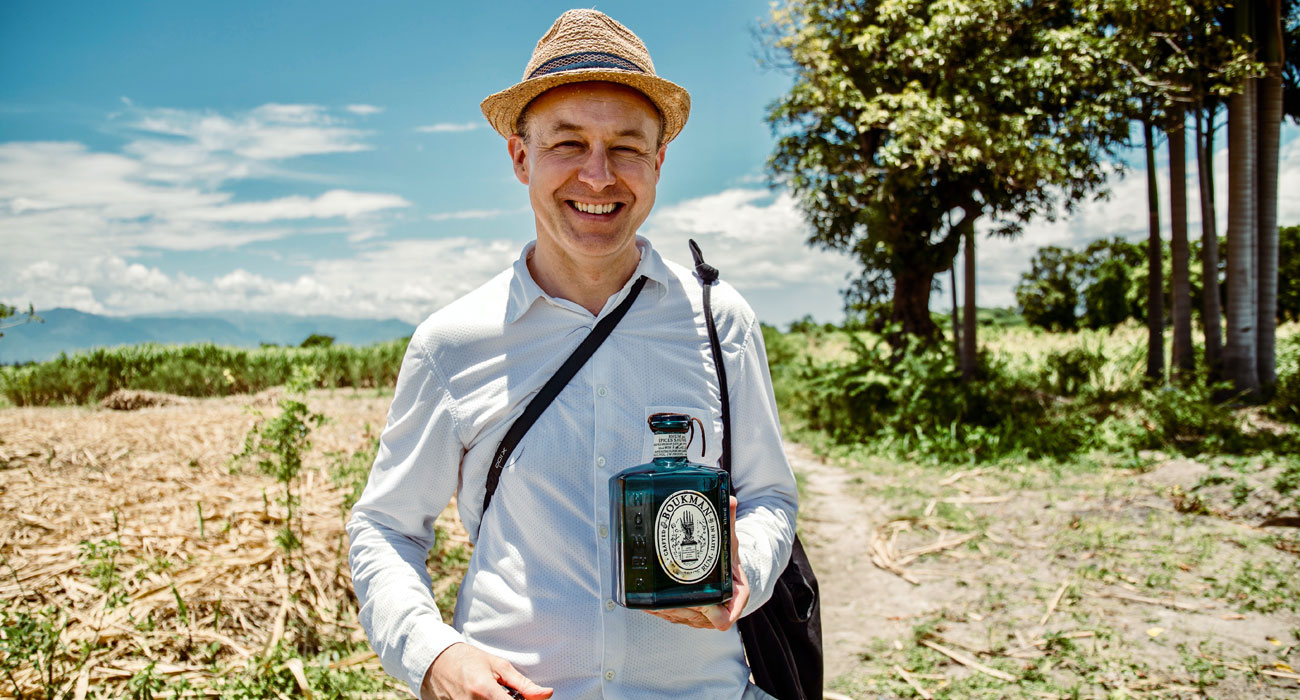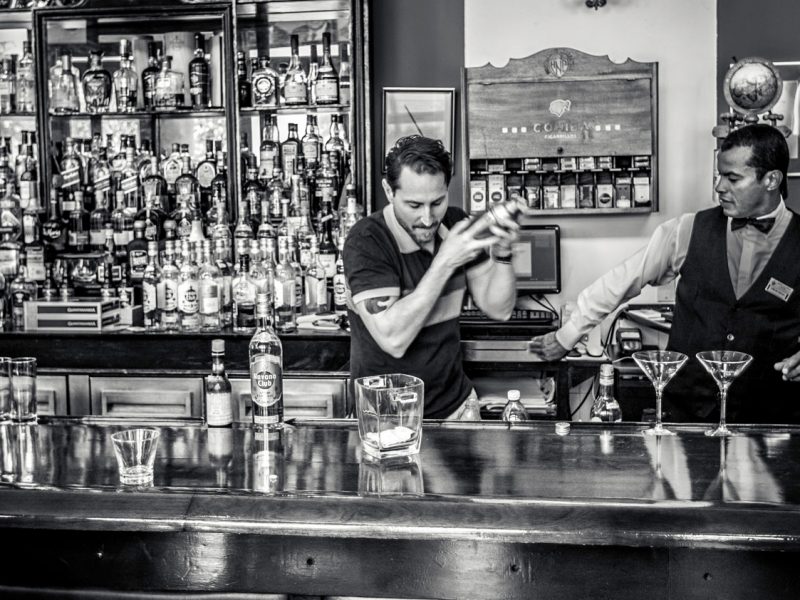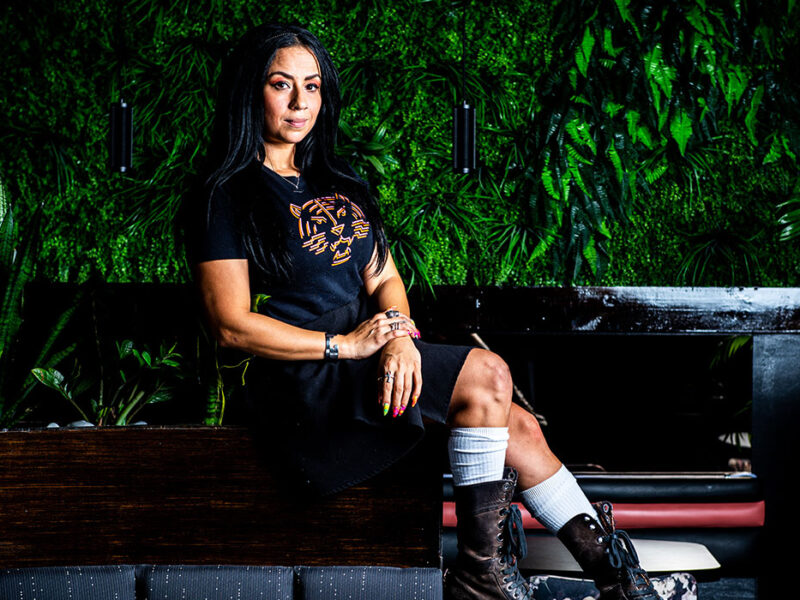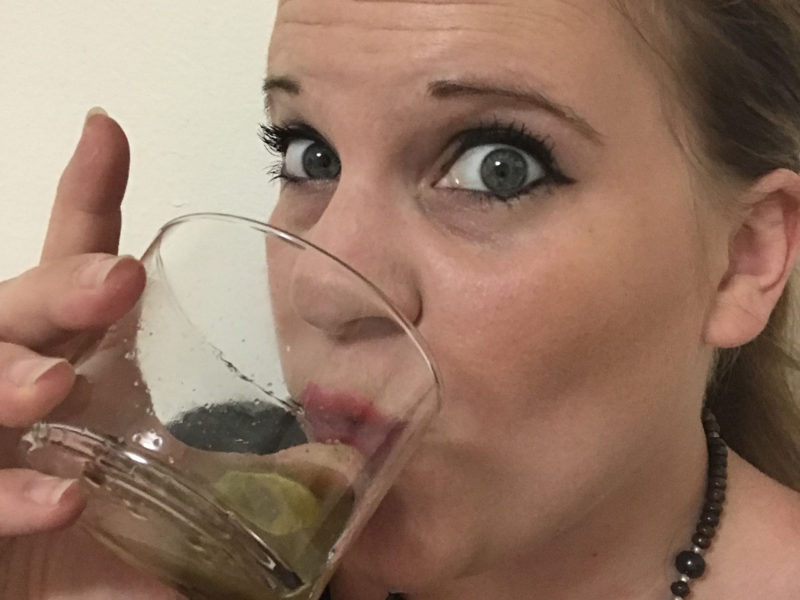Growing up in rain-sodden 1970s Dublin, my earliest rum memory was the Cadbury’s Old Jamaica Rum ’n’ Raisin chocolate bar, which contained real rum. Even to a child, rum already meant flavor. Then, on reading and re-reading Treasure Island, rum heralded adventure and the thrill of danger: “Fifteen men on a dead man’s chest….”
It was around this time that I first became aware of Haiti, as both a real place with a soccer team in the FIFA World Cup and an imaginary one in the Bond movie Live and Let Die.
My first memory of drinking rum was celebrating high school graduation with a Malibu and pineapple juice; I didn’t detect any esters, but I did taste freedom. Later, banging out Piña Coladas in a Bronx steakhouse to fund college, I realized that, even when it wasn’t quite authentic, rum was always sociable, informal, and fun.
When I joined the industry, I started visiting Cuba. Drinking my first glass of hand-pressed guarapo taught me how all rum starts as a sweet, wild grass grown in tropical terroir. Later, visiting a Santero healer, I saw that rum is also sacred to the rich, vibrant cultures that sustained it for centuries before it became fashionable.
On the first day of my arrival in France seventeen years ago, I met a wonderful group of people selling handcrafts to fund education in Haiti. Josette, the organizer, was the daughter of a sugarcane cutter. I joined their nonprofit, Haïti Futur, and was welcomed with a bottle of Barbancourt, which I still have. Thus began a journey into Haiti’s culture and, eventually, its clairin rhums.
I gradually realized that Haiti’s more than 500 rustic distilleries were a huge opportunity: Bringing their ancestral spirit to a new and curious audience could in return help farmers live with dignity. After two years’ work, we launched Boukman Botanical Rhum, an expression of Haiti’s infused agricole, clairin trempé. Boukman is named after the rebel hero who started the Haitian revolution, but of course today’s fight in the cane fields is for education and livelihoods.
Bringing Boukman to New York and Paris has been a great start, and it’s exciting to meet like-minded people who get what we’re trying to do. Of course, we are not unique. Colonial-era rum once represented the worst of globalization, but today’s terroir rums are an exchange that enriches both maker and drinker. Think how much the exports of, say, Havana Club, Mount Gay, or Appleton Estate benefit their islands, materially and culturally.
Having picked up strands of the rum story over the years, I see a great tapestry emerging. It weaves together the human histories of Asia, Europe, and the Americas. It ties us all to the soil but at the same time allows us to commune with the gods. And now, most importantly, it brings us together around a glass of conviviality.




